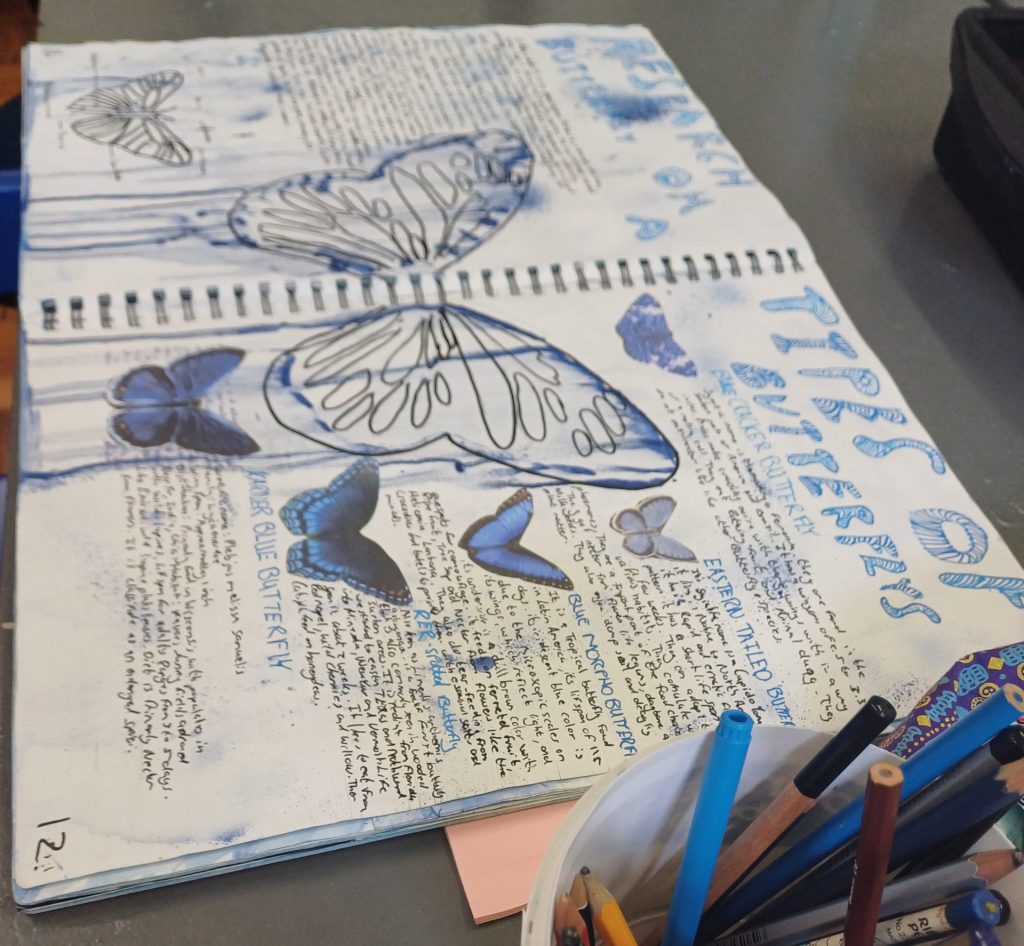Design
Design Teacher: Sandra Slabbert
WHERE & WHEN
Design practical and theory classes are taught in the afternoons at the Hermanus Art & Design Centre, located at the Old Station Building (next to Checkers in town) – within walking distance from the school. The classes consist of 1 hour of practical and 1 hour of theory. Students must be self-disciplined and work on their practical projects at home. We follow the CAPS Curriculum as prescribed by the education department of the Western Cape.
For more information, contact Sandra Slabbert at design@sandraslabbert.co.za or 079 523 8453.
What is Design?
Look around you… almost everything you use in your daily life has been designed. Design is concerned with issues of functionality and aesthetics in shaping our social, cultural, and physical environments.
In Design as a subject, we explore the fields of visual communication design, product design, surface design, and environmental design. Students have the opportunity to choose their field in the above categories and design items such as jewellery, furniture, packaging, clothing, corporate identity, layout, and much more.
The design process is a creative problem-solving process that involves problem identification, planning, research, innovation, conceptualization, experimentation, and critical reflection
Design as a subject includes the study of both design practice and theory. Each term, learners must complete a practical task, which includes a process book and the final design/product. Learners document their conceptual ideas, planning, experimentation, and exploratory work in their process books.
Why Choose Design as a School Subject?
- Life skills development: Design equips learners with crucial life skills such as critical and creative thinking, problem-solving, and self-discipline.
- Resourcefulness and entrepreneurship: Design inspires learners to be resourceful and entrepreneurial.
- Impact on sustainability: Design education develops a new generation of thinkers and doers who can help create a better, more sustainable world. It covers social, cultural, and environmental issues.
- Complementary to other subjects: Design complements and enhances many other subjects, broadening students’ educational experiences.
- Communication skills: Learners develop presentation and communication skills.
- Encourages collaboration and teamwork: Many design projects involve group work, teaching students how to collaborate effectively with others, share ideas, and integrate feedback.
- Prepares for future careers: With a growing demand for design professionals in various industries, studying design in school provides a strong foundation for various careers.

School Shop
Browse through our store page for more items
Help raise funds for our school
It Won’t Cost You As A Supporter A Cent To Make A Difference.

Help raise funds for our school without it costing you a cent with the MySchool MyVillage MyPlanet Fundraising programme. MySchool contributes over R4 million to their beneficiaries every month!

